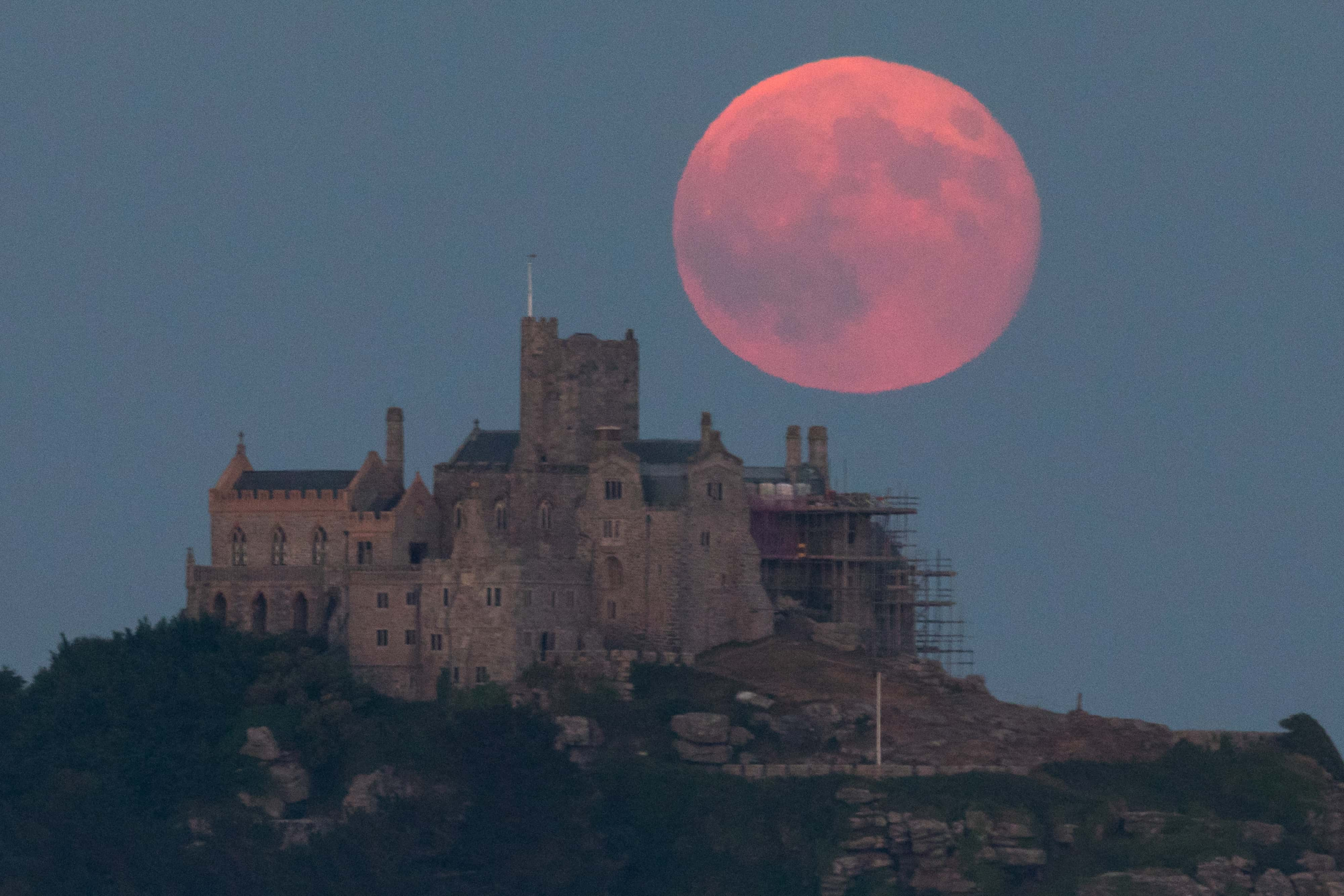Buck Moon 2022: Here's all you need to know about biggest supermoon of this year

The full moon in July, also referred to as the 'Buck Moon,' will rise on Wednesday, July 13. The Buck Moon is anticipated to arrive at its closest point to Earth, making the celestial display quite a watch. It will orbit the globe this year closer than any other full moon at a distance of about 226,000 miles (363,300 km) from the Earth. Due to its large size, one will not need binoculars or a telescope to see.
The Strawberry Moon that peaked on June 14 will be followed by the Buck Moon in July. Due to its near approach to Earth, the July Buck Moon is also a 'Supermoon', appearing larger and brighter than a typical full moon. It will be the second supermoon of 2022.
ALSO READ
'I am fully aware of their size': Florence Pugh blasts 'VULGAR' trolling over see-through dress
IS THIS WHEN IT BEGAN? James Webb telescope releases stunning image nearly 13 BILLION years old

Why is it called 'Buck Moon'?
The name of the Buck Moon, like that of many other full moons, was first recorded by Native Americans in the Maine Farmer's Almanac in the 1930s. Buck Moon got its name from male deers or bucks. The name is a reference to the time of the year when bucks lose and grow new antlers. The antlers are shielded while they develop by a thin, velvety coating that, after they are completely developed, hardens, dries, and crumbles away. Because of this, bucks' antlers frequently seem worn out in the summer. Bucks' antlers become larger and more magnificent set by July in preparation for the fall mating season.
Due to the frequent thunderstorms in the early summer, they also named this the 'Thunder Moon'. Along with 'Buck' and 'Thunder', this moon is also referred to as 'Mead Moon' and 'Hay Moon'. According to NASA, Europeans may identify this month's full moon as Hay Moon since haymaking normally occurs in June and July.
According to Space.com, the lighting orbit will specifically travel 221,994 miles to its perigee distance, which is the point closest to Earth. Although it may appear big to skywatchers, the moon will really only grow more from its normal size by 14%. The difference in size won't necessarily be visible to the unaided eye but it will still be exciting to know that this is the finest supermoon of the year.
When can you see the 'Buck Moon'?
On July 13, at 5.00 am ET, the July Buck Moon will be at its brightest. Yet, the moon won't become fully illuminated until nine hours and 37 minutes later. The moon will be at its largest on Wednesday, July 13, at 2:37 pm ET, although it won't be visible at that time. Later in the evening, people would be able to observe it. In order to catch a glimpse of the moon, one needs to get themselves to a vantage point with a clean, unimpeded view of the eastern horizon low in the sky. Observers can use the Farmer's Almanac 'Moonset and Moonrise Calculator' to find out when the full moon will be visible in their area. In case one miss the chance to see it, they can check out the Virtual Telescope Project webcast on July 14 beginning at 4.00 pm ET.
TOP STORIES
Who is Melody Maldonado? Superhero mom clings to SUV after carjacker drives off with her children
Internet fumes as bodega worker Jose Alba is charged while victim's GF who stabbed him walks FREE
The final supermoon of 2022, called the 'Sturgeon Moon', will rise on Thursday, August 11. The moon is named after Sturgeons, which is a type of fish that is often caught at that time of year in the Great Lakes and Lake Champlain.










